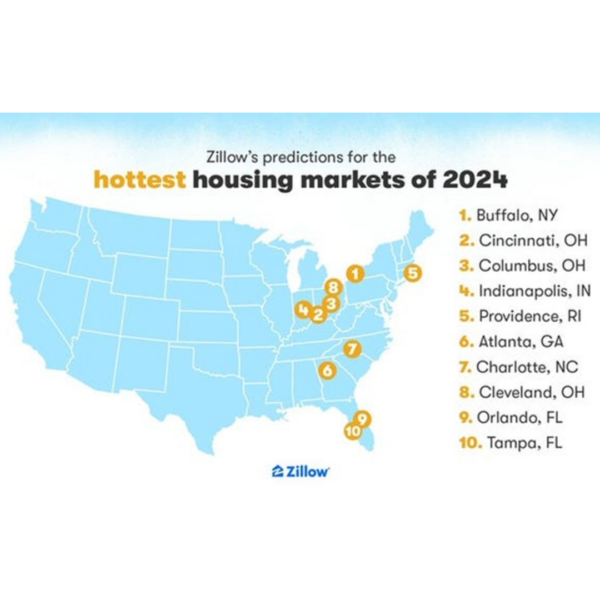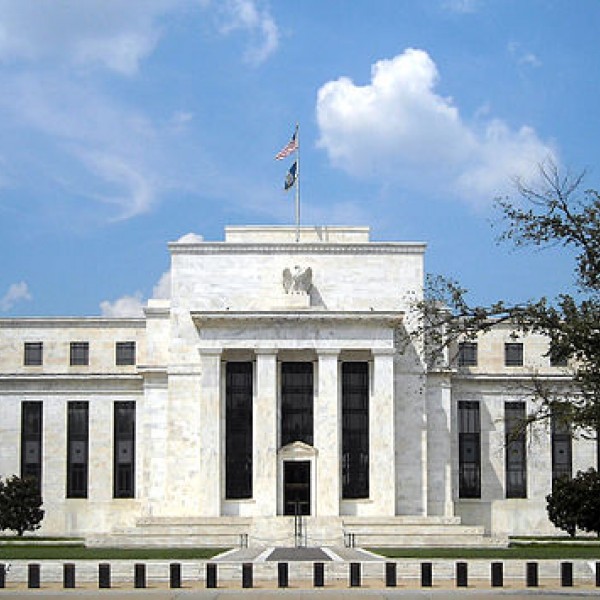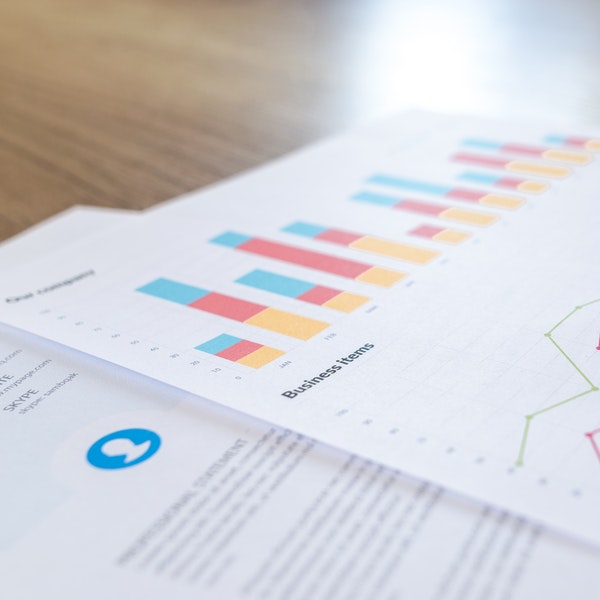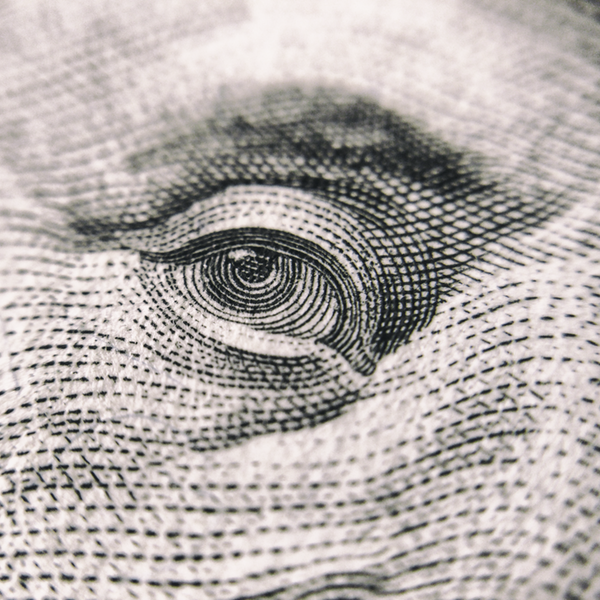RU² / December 21, 2023
The Federal Reserve will cut interest rates 6 times in 2024 as the economy shows clear signs of cooling down, ING says
Original Article: The Federal Reserve will cut interest rates 6 times in 2024
- The Federal Reserve is poised to cut interest rates six times in 2024, ING Economics says.
- The interest-rate cuts would be in response to a slowing US economy.
- ING says cuts will start in the second quarter and extend well into 2025.
An economy that is showing clear signs of decelerating means the Federal Reserve will cut interest rates at least six times in 2024, according to a Thursday note from ING Economics.
Moderating inflation, a cooling jobs market, and a deteriorating outlook for consumer spending mean the Fed may need to cut interest rates more than the market expects.
“We have modest growth and cooling inflation and a cooling labor market — exactly what the Fed wants to see,” ING’s chief international economist, James Knightley, wrote. “This should confirm no need for any further Fed policy tightening, but the outlook is looking less and less favorable.”
Knightley says he expects the Fed will start cutting interest rates in the second quarter of next year, delivering as many as six 25-basis-point rate cuts totaling 150 basis points. He also says he expects the interest-rate cuts to extend into 2025 with at least four 25-basis-point interest-rate cuts. Meanwhile, the futures market suggests the Fed will cut rates by 125 basis points next year.
Knightley’s expected rate cuts would bring the effective Federal Funds rate to about 3.83% at the end of 2024 and to 2.83% at the end of 2025, compared with today’s Fed Funds rate of 5.33%.
Those rate cuts should prove stimulative to the economy over time, but not immediately. Changes to the Fed Funds rate often come with a lag of between 12-18 months before they are felt.
The gradual interest-rate cuts forecast by Knightley are encouraging because they suggest that the economy will remain resilient and that the Fed won’t be forced to cut interest rates to 0% immediately, as they tend to do when the economy significantly decelerates and enters a recession.
Knightley highlights that while the job market remains solid, evidenced by weekly jobless claims that remain in the low 200,000 range, it has noticeably cooled.
“Continuing claims surged though to 1,927k up from 1,841k. There have been questions over seasonal adjustment issues and data volatility, but the trend is certainly towards higher continuing claims while initial claims remain low. Essentially, the message is that firms are reluctant to fire workers, but they are less inclined to hire new workers. i.e. more evidence of a cooling, but not collapsing, labour market,” Knightley wrote.
Meanwhile, consumer spending, while solid, faces a tougher road ahead in 2024 as real household disposable incomes show signs of weakness, credit-card delinquencies rise, and student-loan payments add further strain.
“The data suggests stagnant real household incomes over quite some time now. So far, this has been offset by the running down of savings and the use of debt to fuel spending growth,” Knightley said.
“However, tighter credit conditions and high borrowing costs are likely to weigh heavily on the flow of credit to the household sector while there is growing evidence of pandemic-era accrued excess savings being exhausted for an increasing number of people,” Knightley said.
This all chalks up to an economy that’s on thin ice but hasn’t broken yet. And it might not break if the Fed can successfully lower interest rates before the economy enters a recession.
Otherwise, a broken economy probably means that the Fed won’t be so patient with cutting interest rates. UBS expects the Fed to cut interest rates by a whopping 275 basis points next year in response to a recession.































